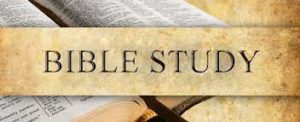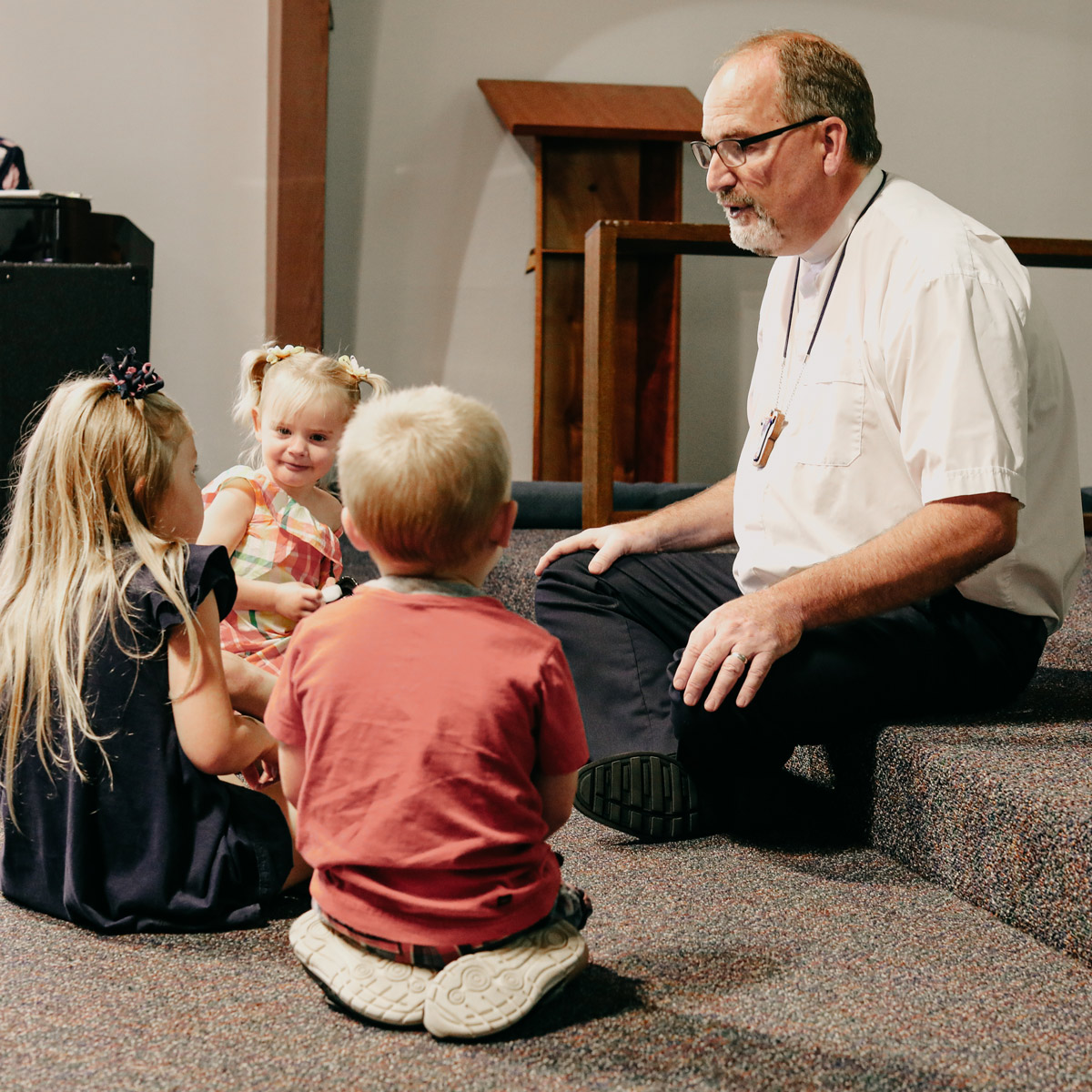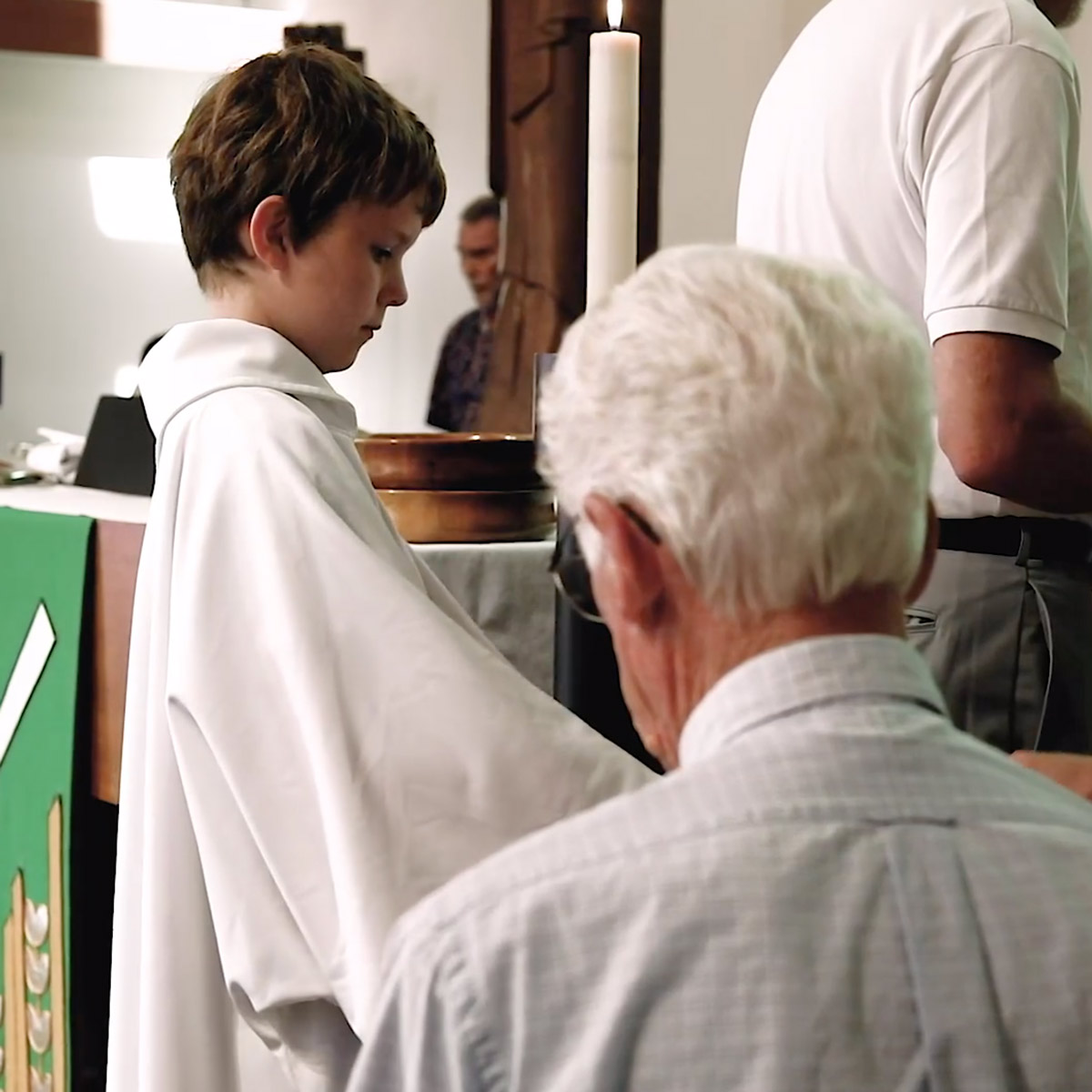
October 15, 2023 | Liturgy Bible Study – Session 5 – Introit, Kyrie, and Hymn of Praise
Liturgy Bible Study – Lesson 5 – Introit, Kyrie, and Hymn of Praise
Introit means “entrance” or “beginning.” It is customarily a Psalm of praise sung or spoken when the pastor enters the room. What does the pastor entering the service represent?
The Introit is often sung antiphonally (responsively) between the pastor and the congregation. What are the benefits of such an approach?
Historically, an entire Psalm was used, but it later it became shorter. Martin Luther favored using a whole Psalm. Why do you think it was shortened? What version do you think people would prefer today? Why?
Many churches today have replaced the Introit with an entrance hymn. Why do you think a hymn is favored?
Is the Introit supported by Scripture? Psalm 100:4; Colossians 3:16; Romans 16:27; Ephesians 3:20-21, 5:18-19; Philippians 4:20; Revelation 1:5-8
The Kyrie moves the posture of the congregation from praise to a request for mercy (Lord have mercy, Christ have mercy, Lord have mercy). Why is such a change in mood warranted? Philippians 2:10-11. Where in Scripture does this basic prayer come from? Luke 18:9-14
Why was the simple prayer of the tax collector (God, be merciful to me a sinner!) more powerful than the diatribe from the Pharisee? Which one resulted in justification? Why?
Is this prayer meant to be a corporate prayer or an individual prayer? Explain. How would it change your personal prayer if you were to start each prayer this way?
After the prayer of mercy, our posture turns back to praise in the Hymn of Praise. Why do we sing praises this time and how does the reason differ from our opening praise?
The most common Hymn of Praise in the Traditional Lutheran service is the Gloria in Excelsis (Glory to God in the highest). Where do we find the Scriptural basis for this? Psalm 148:1; Matthew 21:9; Luke 2:14, 19:38.
What is the earthly church recognizing by including the song of the angels?
Interesting Note: The Hymn of praise wasn’t introduced into the church until the 6th century, and didn’t become a liturgical standard until the time of the Reformation.
Another song that has become a Hymn of Praise standard in contemporary services is a song written in 1976 entitled “This is the feast.” What feast is this referring to? Revelation 5:13
The Collect is a prayer that reflects the season the church is celebrating and is customarily started with the pastor passing on a greeting (The Lord be with you) and receiving a reciprocal prayer (and also with you). It serves as a transition point from the time of praise to the time of instruction (Scripture readings and sermon). Why is this transition important?
















